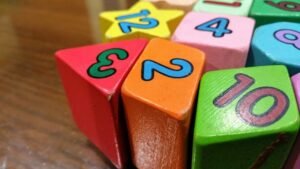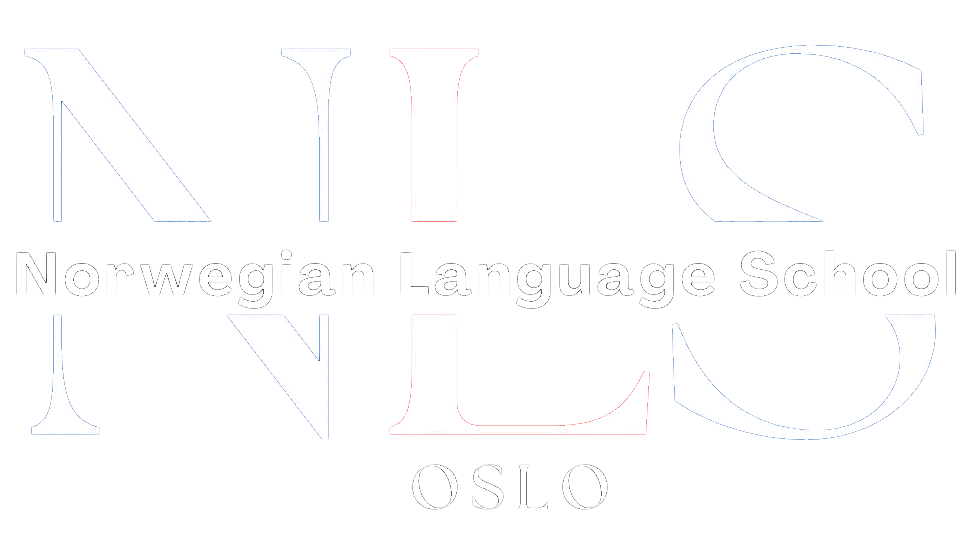Are you ready to uncover Norwegian grammar’s secrets? Ever wondered how to show self-care actions or enrich conversations? Reflexive pronouns are essential for this. But what’s their role in Norwegian, and why are they important?
This guide will take you into the universe of Norwegian reflexive pronouns. We’ll cover their usage, how they work with verbs, common mistakes, and how to master them. Prepare to level up your language game and see how reflexive pronouns amp up your Norwegian skills!
Table of Contents
ToggleUnderstanding Reflexive Pronouns in Norwegian Grammar
Reflexive pronouns are crucial in Norwegian. They show when the subject acts on themselves. For example, “seg” changes based on the person, number, and gender.
Using reflexive pronouns adds depth and clarity to sentences in Norwegian.
Reflexive pronouns describe many self-actions. People use them for self-care, like “å vaske seg” (to wash oneself). They also cover more emotional actions, such as “å gråte seg til søvn” (to cry oneself to sleep).
If someone does an action alone, reflexive pronouns are key. Take “å skylde på seg selv” (to blame oneself) for instance.
Norwegian speakers get more precise by using reflexive pronouns. They help describe actions and feelings accurately.
The Forms of Reflexive Pronouns:
| Person | Singular | Plural |
|---|---|---|
| 1st | meg | oss |
| 2nd | deg | dere |
| 3rd (masculine) | seg | seg |
| 3rd (feminine) | seg | seg |
| 3rd (neuter) | seg | seg |
The form of “seg” changes with the subject’s gender, number, and person. This table shows the variations in reflexive pronouns in Norwegian.
It’s important to use reflexive pronouns correctly to speak Norwegian well. They help learners communicate better. They let you talk about someone doing things to themselves.
The Significance of Reflexive Pronouns in Norwegian Conversations
In Norwegian, reflexive pronouns are key in sharing thoughts, intentions, and connections with others. They make conversations richer and more meaningful. This helps speakers share experiences and feelings with depth.
Words like “seg” fit naturally into chats, showing self-directed or self-related actions. They make our sentences clearer, improving communication.
Learning how to use these pronouns helps you speak more clearly in Norwegian. They let you share your thoughts and experiences precisely. This makes you better at the language.
How to Use Reflexive Pronouns in Norwegian Grammar
Reflexive pronouns are key in Norwegian grammar. They show an action done by the subject to themselves. This makes sentences clear and follows the right structure.
In Norwegian, “seg” is the reflexive pronoun added to verbs. It changes based on who is doing the action – their gender, number, and person. For instance, we have “hun vasker seg” (she washes herself) and “vi kler oss” (we dress ourselves).
They show an action or involvement by oneself. Using reflexive pronouns in Norwegian sentences offers more details. It deepens what you’re saying.
Here are some reflexive pronoun examples:
“Jeg vasker meg hver morgen.” (I wash myself each morning.)
“Dere steller dere godt.” (You take good care of yourselves.)
“De møtes jevnlig for å oppdatere seg.” (They meet often to update themselves.)
Reflexive pronouns make talking about self-actions clearer and more precise. They improve fluency in Norwegian. Mastering these pronouns is important for speaking the language well.
Verb Agreement with Reflexive Pronouns in Norwegian
In Norwegian, it’s key for the verb to agree with reflexive pronouns. This makes sure our sentences are right. The verb should match the subject’s number and gender. This keeps what we say clear and correct.
Take the sentence “jeg vasker meg,” which means “I wash myself.” Here, “meg” matches with “jeg” because we are talking about one action I do to myself. This connection between the one doing the action and the action is important to get right.
Agreement doesn’t only happen with one person. It also works with more than one. For example, in “vi kler oss,” or “we dress ourselves,” “oss” fits with “vi.” Because in this case, it’s more than just me doing something to myself.
Learning how to match verbs with reflexive pronouns is crucial for good Norwegian. It helps us build sentences that make sense and show we know the language well.
Common Mistakes with Reflexive Pronouns in Norwegian
Learning Norwegian can lead to errors with reflexive pronouns. Knowing the common mistakes helps improve use. Let’s look at typical errors to avoid.
1. Unnecessary Use of Reflexive Pronouns
Making sentences overcomplicated with reflexive pronouns is common. It’s important to decide if a reflexive pronoun is needed. For instance:
Incorrect: Jeg vasker meg mine hender. (I wash myself my hands)
Correct: Jeg vasker mine hender. (I wash my hands)
2. Incorrect Placement of Reflexive Pronouns
Mastering Reflexive Pronouns for Fluency in Norwegian
Learning reflexive pronouns in Norwegian is key to being fluent. It lets you talk about people acting on themselves. This makes conversations more detailed and interesting.
Norwegian grammar is special because of reflexive pronouns. They help talk about actions people do to themselves. This can be hard to say in other languages.
To be good at using reflexive pronouns, you need to practice a lot. Learn the different kinds and how they match the person you’re talking about.
To get better at using reflexive pronouns, try these tips:
- Study examples: Look at how reflexive pronouns are used in Norwegian sentences. Understand these different contexts to improve your skills.
- Practice regularly: Use reflexive pronouns in your practice every day. This will make you better at using them in real talk and help you get them right.
- Seek feedback: Talk to native speakers or teachers for advice on your use of reflexive pronouns. They can help you fix mistakes and improve.
- Pay attention to common mistakes: Watch out for mistakes like wrong placement or wrong verb use. Knowing these errors helps you use them right.
Working hard on reflexive pronouns helps you speak much better Norwegian. With practice, using them will feel easy. This makes your words clearer and more effective.
“Mastering reflexive pronouns takes time and effort. But stick with it, and soon you’ll use them with ease and fluency.”
Conclusion
Reflexive pronouns are key in Norwegian grammar. They let speakers show actions someone does to themselves. Using them makes sentences clearer and conversations richer. Knowing how to use them helps with verb use and stops mistakes. This way, learners talk more naturally in Norwegian.
Getting good at using reflexive pronouns takes practice. Talking with native Norwegians helps a lot. It makes learners better at using the pronouns correctly and feeling sure about it. Regular practice makes learning the Norwegian language easier.
To end, using reflexive pronouns right makes Norwegian more interesting. It helps people talk in a detailed way about actions, thoughts, and connections. Being confident in using reflexive pronouns adds to your Norwegian skills. It’s a way to really get into Norwegian grammar and talk fluently.









